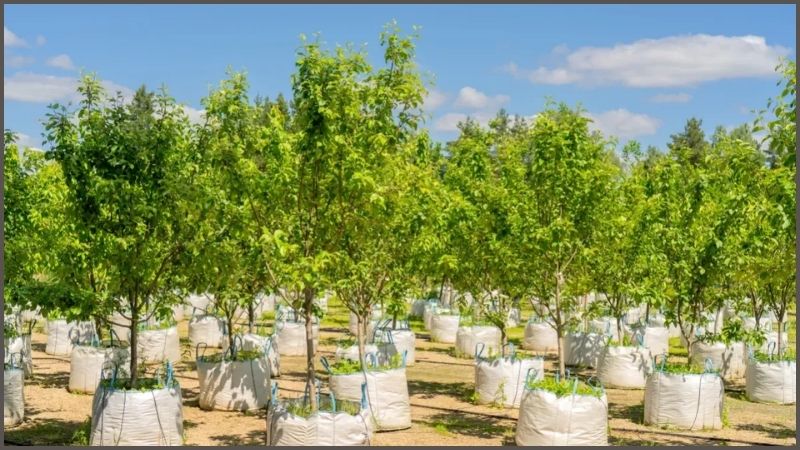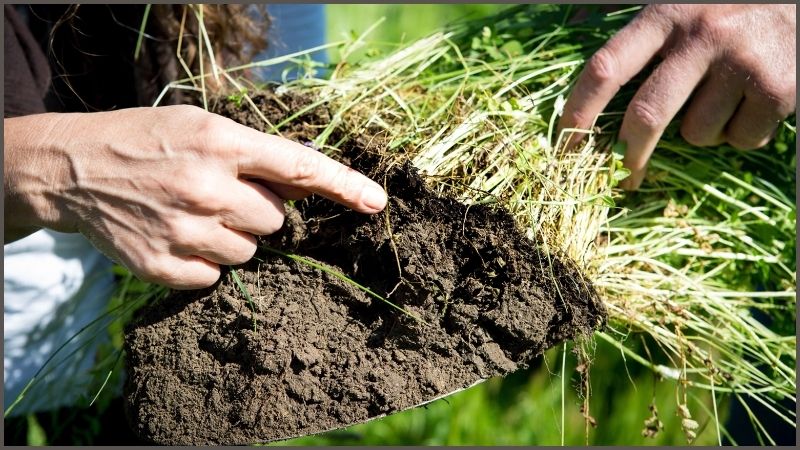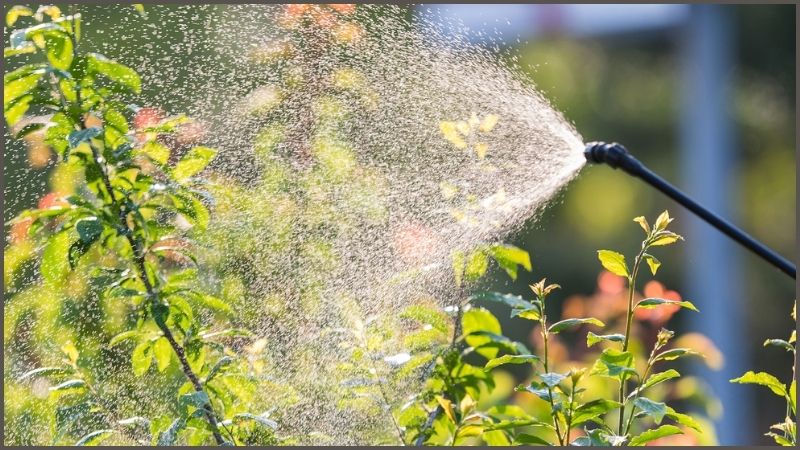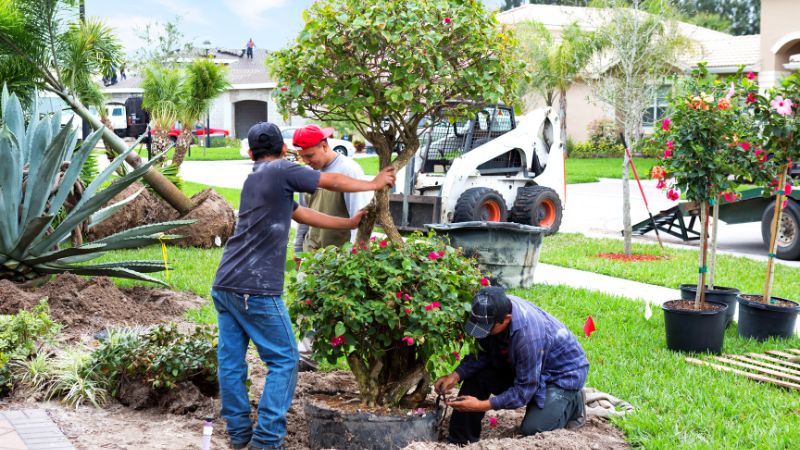Urban environments present unique challenges and opportunities for tree care. Trees in cities face a range of stresses, from compacted soil and pollution to restricted space and pedestrian traffic. Despite these challenges, properly cared-for trees can significantly enhance urban landscapes, providing vital benefits such as shade, improved air quality, and aesthetic appeal. Effective tree care in these settings requires a nuanced approach that addresses both the needs of the trees and the specific conditions of urban environments. This blog will explore nine essential tree care tips that can help ensure the health and longevity of urban trees. By implementing these strategies, city dwellers can contribute to a greener, healthier, and more vibrant urban ecosystem.
Tree Care Tips for Urban Environments
1. Choose the Right Tree Species

Choosing the right tree species is crucial for successful urban tree care. Not all trees are suited to the unique conditions of city environments, which often include limited space, poor soil quality, and various pollutants. When selecting a tree species, consider factors such as the tree’s growth habit, root system, and tolerance to urban stresses. Native species are often a good choice, as they are adapted to local soil and climate conditions and are typically more resistant to pests and diseases.
Additionally, consider the tree’s mature size to ensure it will fit well within the available space without interfering with buildings or infrastructure. By choosing an appropriate species, you can help ensure the long-term health and stability of your urban trees.
2. Proper Planting Techniques
Proper planting techniques are essential for establishing healthy trees in urban environments. Start by digging a hole that is twice as wide as the root ball but only as deep as the root ball itself. This allows for proper root expansion and prevents waterlogging. Avoid planting the tree too deep, as this can suffocate the roots and lead to poor growth.
After placing the tree in the hole, backfill with the original soil and water thoroughly to remove air pockets. Mulching around the base of the tree can help retain moisture and regulate soil temperature. Ensure that the root flare, where the trunk meets the roots, is level with the ground surface to promote healthy root development and prevent girdling.
3. Soil Management and Improvement

Soil quality is a critical factor in urban tree care, as trees in cities often contend with compacted or poor-quality soil. To improve soil conditions, start by testing the soil to determine its pH and nutrient levels. Based on the results, amend the soil with organic matter such as compost or well-rotted manure to enhance fertility and structure. Additionally, consider using soil aeration techniques to alleviate compaction and improve root growth.
Incorporating a layer of mulch around the tree can also help retain moisture, reduce temperature fluctuations, and suppress weeds. Regular monitoring and maintenance of soil conditions are essential for promoting healthy tree growth and ensuring the long-term success of urban tree planting.
4. Watering and Irrigation
Watering is a fundamental aspect of tree care, particularly in urban environments where natural rainfall may be insufficient. Establishing a consistent watering schedule is crucial, especially during the tree’s early years of growth. Water deeply and infrequently to encourage deep root development and reduce the risk of shallow rooting. Use a soaker hose or drip irrigation system to provide water directly to the root zone, minimizing water waste and avoiding potential damage to the tree’s trunk and foliage. Monitor the soil moisture regularly and adjust the watering schedule as needed based on weather conditions and the tree’s growth stage. Proper watering practices help ensure that urban trees receive the hydration they need to thrive.
Read Also: 10 Tips for Maintaining Healthy Trees in Your Yard
5. Pruning and Maintenance
Pruning is a key component of urban tree care, helping to maintain tree health, improve structure, and enhance safety. Begin by removing dead, diseased, or damaged branches to prevent the spread of pathogens and reduce the risk of falling limbs. Focus on establishing a strong central leader and removing any competing branches that could compromise the tree’s structure. Prune trees during their dormant season to minimize stress and promote healthy growth. Avoid excessive pruning, as this can weaken the tree and make it more susceptible to pests and diseases. Regular maintenance and monitoring are essential to address any issues early and ensure the long-term health and stability of urban trees.
6. Pest and Disease Management

Urban trees are often exposed to a range of pests and diseases due to the concentrated environment and potential stressors. Effective pest and disease management starts with regular monitoring for signs of infestations or infections. Look for unusual leaf discoloration, distorted growth, or the presence of pests such as aphids or caterpillars. Implement integrated pest management (IPM) practices, which include using biological controls, applying targeted treatments, and maintaining tree health to enhance resistance. Avoid using broad-spectrum pesticides that can harm beneficial insects and disrupt the ecosystem. Promptly address any issues to prevent the spread of pests and diseases and maintain the overall health of urban trees.
7. Mulching and Ground Cover
Mulching and ground cover play a vital role in urban tree care by providing numerous benefits to the tree and surrounding environment. Apply a layer of organic mulch, such as wood chips or bark, around the base of the tree to retain soil moisture, regulate temperature, and suppress weed growth. Mulch also helps improve soil structure as it decomposes, adding valuable organic matter. Avoid piling mulch against the tree trunk, as this can lead to rot and other issues. Additionally, consider using ground cover plants around the base of the tree to provide additional benefits, such as erosion control and enhanced aesthetic appeal. Proper mulching and ground cover practices contribute to the overall health and stability of urban trees.
8. Monitoring and Assessing Tree Health
Regular monitoring and assessment are essential for maintaining the health of urban trees. Establish a routine for inspecting trees for signs of stress, disease, or damage. Look for symptoms such as yellowing leaves, dieback, or unusual growth patterns. Use tools such as tree health assessment kits or consult with a certified arborist for more detailed evaluations. Monitoring soil conditions, watering practices, and pest activity also contributes to a comprehensive approach to tree care. Address any issues promptly to prevent further damage and ensure the continued vitality of the tree. Regular assessments help identify potential problems early and allow for timely intervention, promoting the long-term success of urban tree management.
9. Community Involvement and Education
Community involvement and education play a crucial role in successful urban tree care. Engage local residents, schools, and organizations in tree planting and maintenance activities to foster a sense of stewardship and responsibility. Provide educational resources and workshops to increase awareness about the benefits of trees and proper care techniques. Encourage community participation in tree-related events, such as tree planting days or pruning workshops, to build a network of informed and engaged tree advocates. By promoting community involvement, you can enhance the care and management of urban trees and contribute to a healthier and more vibrant urban environment.
Conclusion
Effective tree care in urban environments is essential for maintaining the health and vitality of city trees. By following these nine tips—selecting the right species, employing proper planting techniques, managing soil quality, and implementing effective watering, pruning, and pest management practices—you can help ensure that urban trees thrive despite the challenges of city life. Additionally, engaging the community and fostering a sense of stewardship can enhance the overall success of urban tree care efforts. With proper attention and care, urban trees can continue to provide their valuable benefits, contributing to a greener, healthier, and more beautiful cityscape.
FAQs
What are the best tree species for urban environments?
The best tree species for urban environments are those that are hardy, tolerant of pollution, and suited to local soil and climate conditions. Native species are often a good choice for their adaptability and resilience.
How often should urban trees be watered?
Urban trees should be watered deeply and infrequently, typically once a week, depending on weather conditions and soil moisture. Adjust the watering schedule based on rainfall and the tree’s growth stage.
